
CSC 2505: Geometric Representations for Computer Graphics
Final Project: Implicit Functions with Curve Based Features
Patrick Coleman
December 17, 2005
The idea is provide an approach to creating implicit functions with curve-based features. Given a surface with an implicit representation, curves on the surface can be used, along with that implicit representation, to create a new implicit function that contains offset features that follow the surface curve. The current implementation supports a small set of shape primitives with a simple intrinsic representation (curve and sphere based), although arbitrary surfaces could bee used [1]. Potential applications include adding parameterized offset features to existing surfaces, custom weight function shaping for character articulation, and surface parmeterization for appearance modeling. The images blow illustrate implicit surface modeling, as this best illustrates how the functions can be shaped.

Given a surface, an implicit representation can be found.
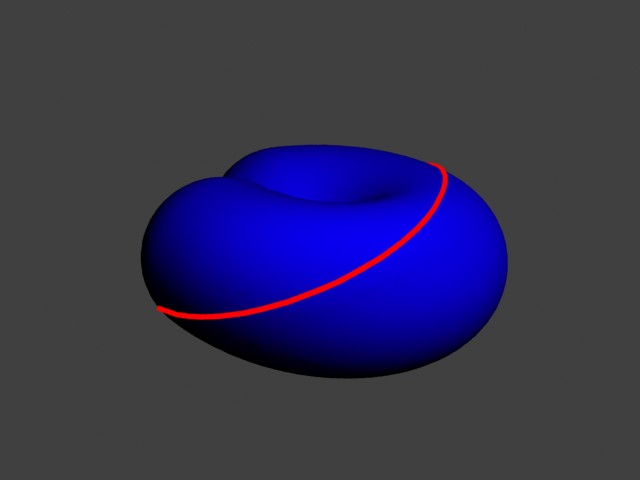
And then given a surface curve to define a feature [2] ...

An implicit function can be defined, such that overall isocontours follow offsets from the surface near the feature.
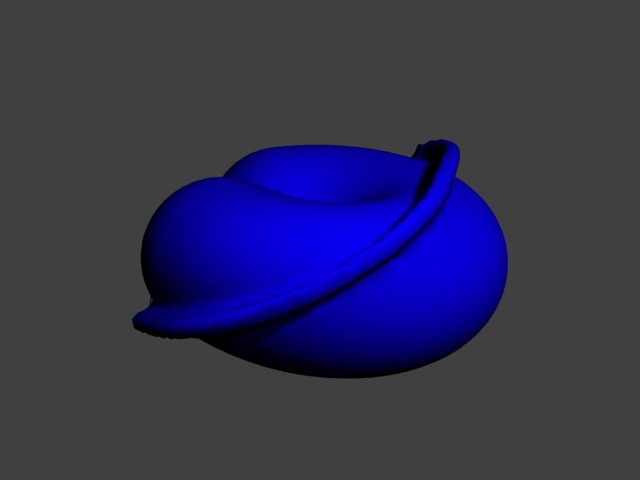
Feature width can be controlled.
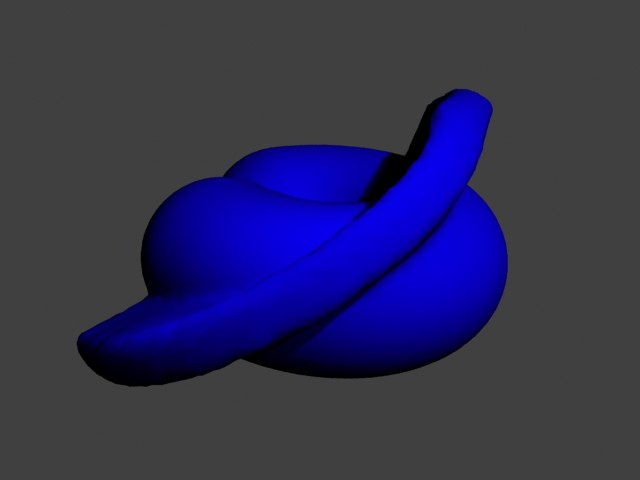
Feature height is independent of width.

The feature offset is defined using one of two projections. Projection toward the closest surface point results in a flare like feature cross section if the surface is curved.
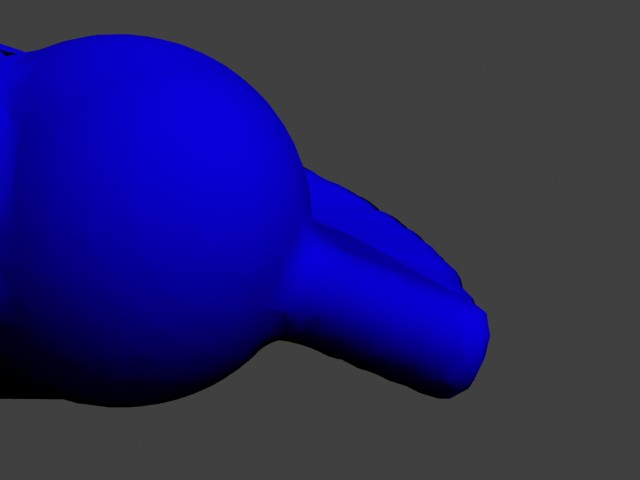
Using a projection along the normal of the closest feature curve point results in no flare. The definition of the implicit function that includes the feature is such that there is a continuous blend between the results of the two projections, allowing this to be a user control ("flare") that has a continuous effect on the shape.
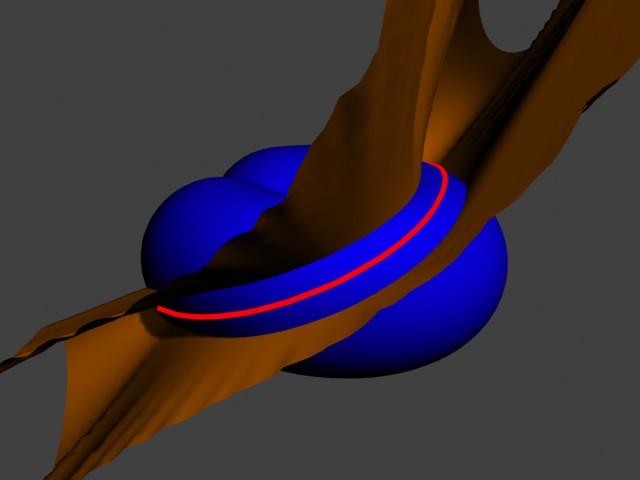
The feature surface definition can be expressed as a combination of three different implicit functions. One is the implicit representation of the original surface (blue), the second is the feature offset (light blue, below), and the third is a blending function defined with a projection to the surface near the feature curve (gold, above).
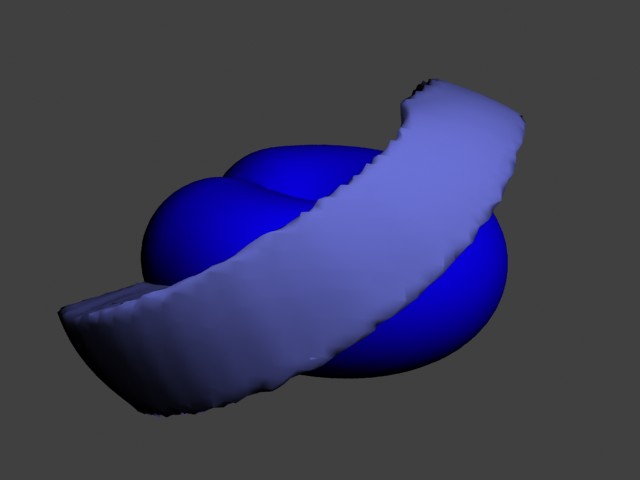
The feature offset is defined as a projection relative to the the surface curve and the surface. At points on the surface whose normal is sufficiently far, the projection collapses and the offset is not well defined (Note the spikes at the top and bottom). The final blend is the first image on this page, repeated here:

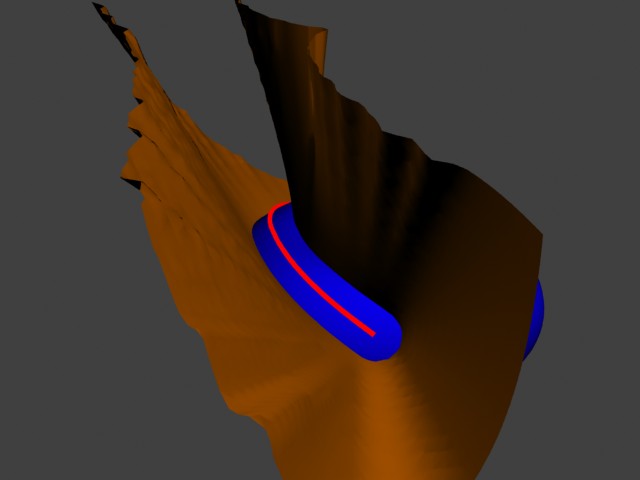
Here's an alternate view illustrating the blending function contour, as it appears near the endpoint of the surface curve.
Note that throughout this report, tesselation resolution artifacts are apparent. However, the internal function definitions are smooth, and higher quality tesselation could improve this quality. Ray tracing would avoid the issue altogether.
References
[1] Karan Singh and Rick Parent. "Joining Polyhedral Objects Using Implicitly Defined Surfaces." The Visual Computer 17. 2001.
[2] Patrick Coleman and Karan Singh. "Cords: Keyframe Control of Curves with Physical Properties." SIGGRAPH 2004 Sketches.
patrick coleman dynamic graphics project university of toronto
patrick at dgp dot toronto dot edu